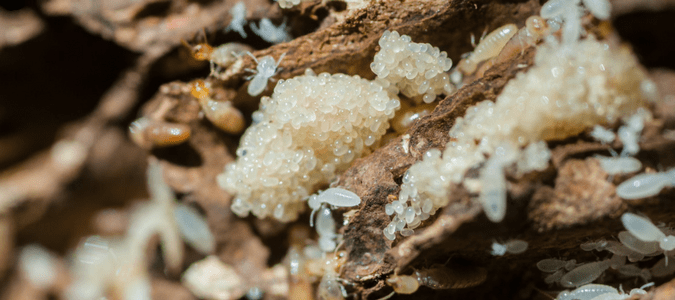
Any homeowner who has seen small, winged, ant-like insects in or around their home has probably wondered, What do baby termites look like? It’s wise to worry about a possible termite infestation, as these insects are a severe problem if they infest your home, garage, or other structure. They can cause thousands of dollars worth of damage to your property.
In fact, Americans reportedly spend $1 billion each year on termite control and repairs to correct damage caused by these small but powerful pests. Clearly, a savvy homeowner should know how to identify termites. Telling these creatures apart from winged ants, for example, or any other look-alike insect species, however, can be challenging. Many of us know what these insects look like in their adult form, but what about termite larvae? Read on to learn about baby termites, the termite life cycle, the swarming season, and how to keep these dangerous pests away from your most significant investment.
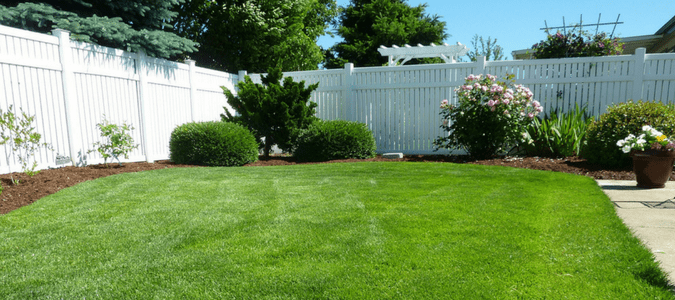
Termite Life Cycle
The termite life cycle is somewhat more complicated than the life cycle of many other insects. Rather than the four standard stages—egg, larva, pupa, and adult—that linearly follow one after the other, the termite life cycle has several more variables that can lead a larval termite to develop into one of several different types of mature termite.
In a sense, the termite life cycle starts with a termite colony’s queen. Every colony of termites has a queen that mates with male termites and lays thousands of tiny, white eggs. Those eggs hatch into tiny, pale, whitish larvae called nymphs, the baby termites. If you see what appear to be much smaller and paler versions of termites or ants in or around your home, there’s a good chance you’re actually looking at baby termites. This could indicate that you have a termite infestation and it’s time to call in a pest control exterminator to diagnose the potential problem.
Throughout the larval stage of their life cycle, termite nymphs molt, meaning shedding their exoskeletons, several times as they mature and grow into larger nymphs. Ultimately, the nymphs turn into one of four kinds of adult termites, depending on the specific needs of the colony. Those types are workers, soldiers, and primary and secondary reproductive termites.
Workers
These termites are transparent or white. As the name suggests, workers build chambers and tunnels, gather food for other termites, and feed and care for baby termites and eggs.
Soldiers
Soldiers are more prominent and slightly darker in color than the workers and have large mandibles. The primary role of these termites in the colony is to defend the colony against ants and other threats.
Primary And Supplementary Reproductives
These types of termites are darker and winged. The reproductives split off from their colonies to mate, lay eggs and form new colonies.
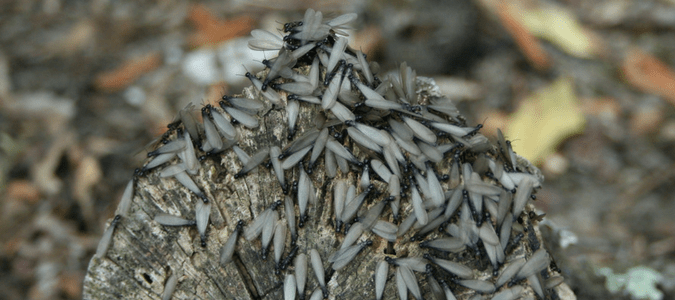
Termite Swarming Season
Have you ever heard the term “swarming” about termites? This somewhat alarming phrase refers to another part of the termite life cycle—when a colony has reached a specific size, weather conditions are right (meaning damp enough), and reproductive termites are ready to venture out for the first time, lay eggs, and form a brand-new colony. When male and female swarming termites mate and found a new termite colony, they become the new colony’s king and queen.
This phenomenon happens about once a year, typically during or just after a region’s rainy season. When termites swarm, they drop their wings before mating and find a new spot to start their own colony. Since termites are attracted to light, they’re often found swarming through cracks around windows or light fixtures. Thus, if you see many winged or wingless ant-like insects in or around your home or spot a pile of discarded wings, a termite infestation is a strong possibility.
Types of Termites
The two main types of termites that live in North America—subterranean and dry wood—are relatively easy to tell apart.
Subterranean Termites
Subterranean termites are the most common type and the most destructive. They live in soil because they need lots of moisture to survive, and they typically build their nests near houses, trees, garages, or fence posts—any wooden structure that can provide damp, nutritious food for them to eat. Subterranean termites construct tubes of mud between their nests and their food sources. These mud tubes are a telltale sign of a subterranean termite infestation. Subterranean termite colonies can be pretty enormous, sometimes numbering in the millions.
Drywood Termites
These termites don’t need as much moisture to survive as their subterranean counterparts, so they don’t need to live in the soil. Since their colonies tend to be much smaller than those of subterranean termites, numbering in the thousands instead of in the millions, dry wood termites also don’t cause nearly as much damage to people’s homes and property. True to their name, dry wood termites live in drier areas like dead trees, hardwood floors, or wooden attic beams.
If your home has a termite infestation, chances are, it’s the subterranean variety. Unfortunately, since termites can live for years and subterranean termite colonies can grow so enormous, an infestation of this variety can be difficult and costly to resolve.
How to Tell Termites Apart from Ants
Termites and winged ants can look very similar to one another. If you see a tiny, black-bodied, winged insect in your home, unless you’re a pest control professional, you might be hard-pressed to tell whether you’ve got a termite infestation on your hands or—fingers crossed—something less potentially destructive.
With their larger, darker bodies, reproductive termites look the most like ants out of all the different types of adult termites. There are some visible differences between a reproductive termite and an ant, but these differences are difficult to spot with an untrained eye. For example, while termites and ants might have wings, ants’ forewings are more extensive than their hindwings, typically the same size. Ants also have antennae that are bent, while termites have antennae that are straighter or bowed, without a bend. Again, these differences are hard to spot if you aren’t a pest control specialist, so it’s easy to mistake another insect for a termite.
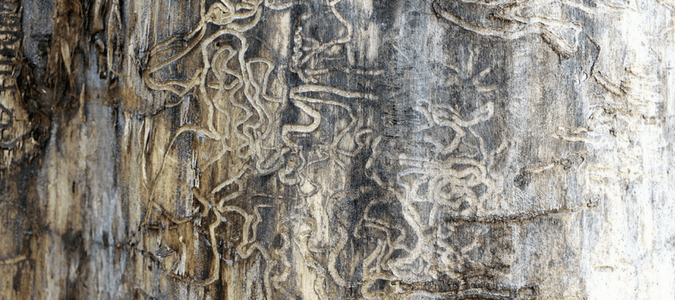
Interesting Facts About Termites
A termite’s molting process is a pretty fascinating thing. When a termite is in its nymph stage, it develops a hard exoskeleton along the outside of its body. When it’s time to molt, the nymph develops a second, softer exoskeleton beneath the harder, outer one. Once that softer inner exoskeleton is hard enough, the outer exoskeleton splits open, exposing the new exoskeleton. The new exoskeleton then grows more prominent and complicated, and the process repeats itself. This happens several times before the nymph is ready to become an adult termite.
Another interesting fact about termites is that, in their larval stage, they can’t feed themselves. Thus, if you spot baby termites in your home or elsewhere on your property, these actually aren’t the termites that could munch their way through your wooden siding. Of course, that doesn’t mean they’re harmless! Though baby termites might not be directly responsible for damage to your home or property, they are indirectly involved. Since they can’t feed themselves, they depend on worker termites to bring them food and feed them. The worker termites are the ones that seek out and consume wood cellulose and bring some back to the nest for the babies.
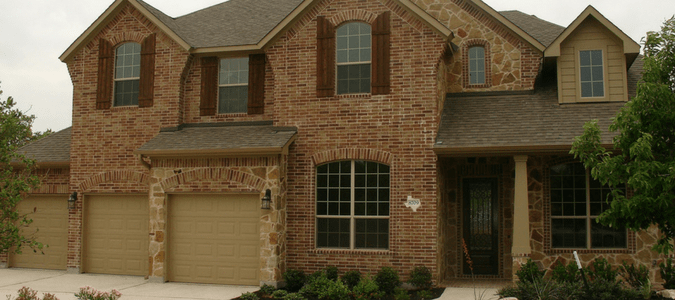
How to Get Rid of Termites
Termite control isn’t a DIY project. First, you must locate where termite damage is, which can be extremely difficult for a homeowner since subterranean termites attack your home through underground tunnels. Damage typically occurs in areas we don’t see and aren’t easy to access, including inside our walls and within our foundations. Once you locate the millions of termites that could feed on your living structure, you’ll need to apply termiticide using specialized equipment, which is not usually available at your local home improvement store. For these reasons, experts at the Environmental Protection Agency recommend hiring a pest professional to handle an infestation.
Making your home and property less appealing to termite colonies is the best way homeowners can avoid having to get rid of an actual termite infestation. There are several steps you can take as a homeowner to keep termites away from your home:
- Use treated wood for outdoor structures like decks, fences, and pergolas since termites typically avoid the chemicals used in treated wood.
- Install metal shields along the foundation of a new home or garage to act as a barrier between termites and the wood of your home.
- Keep outdoor piles of wood and wooden structures away from your home and garage so that if termites move in, they’ll be less likely to move from one structure to another.
ABC Is The Answer To Your Termite Problems
Perhaps the most critical step you can take to protect your home from termites is to set up annual termite inspections with ABC Home & Commercial. Our experienced termite professionals can determine a plan for using termiticides to treat the soil around your home and any wooden structures that may show termite damage. If you suspect a termite infestation in your home, you can rely on the pest control specialists at ABC to diagnose the problem and develop a solution that works.